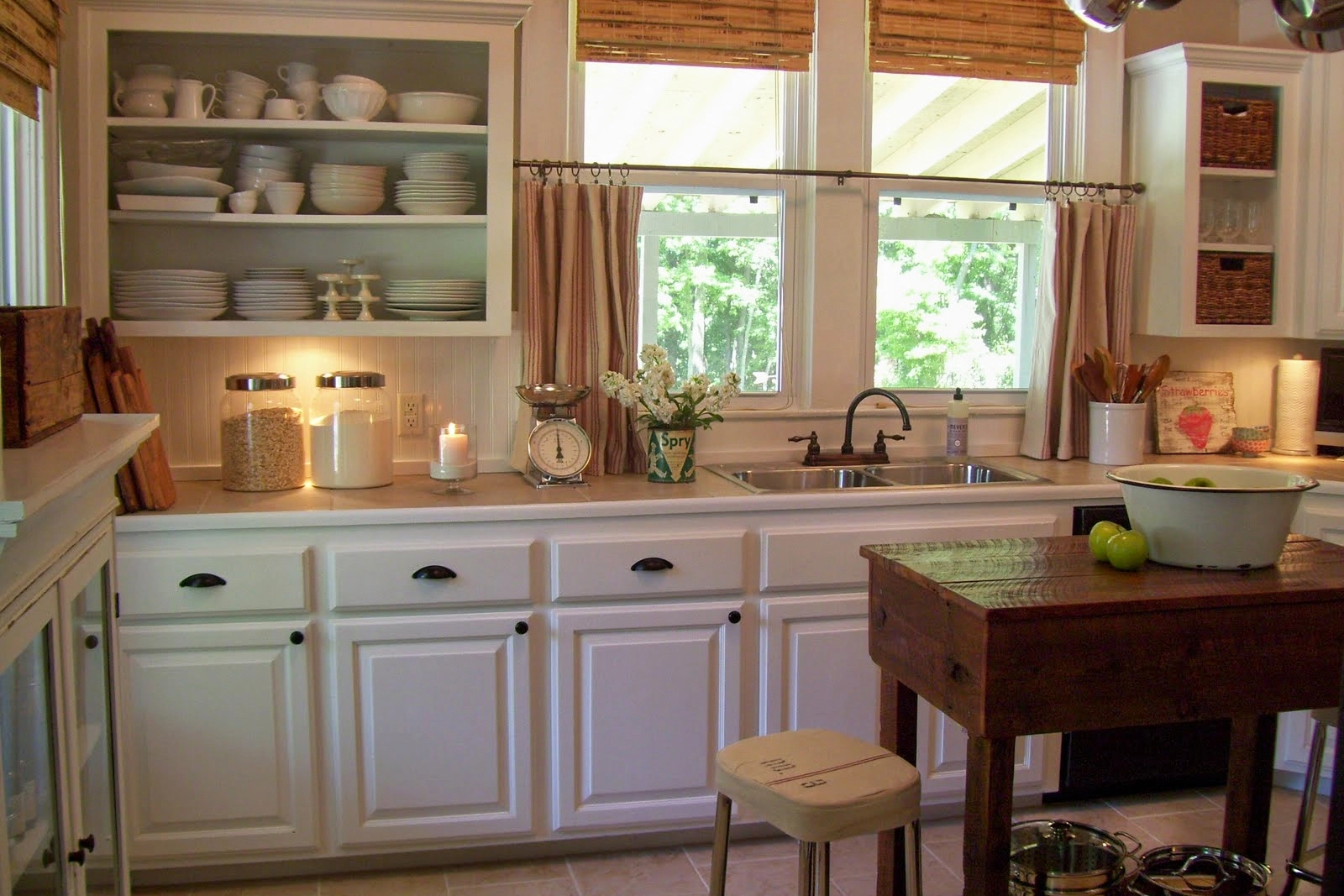Harmony in Design – Creating Beautifully Balanced Custom Kitchens
The kitchen is the heart of the home, a space where functionality meets aesthetics. When designing a custom kitchen, achieving harmony in design is paramount to create a space that is not only visually appealing but also highly functional. A harmoniously balanced kitchen brings together elements of style, color, texture, and functionality in a seamless dance, creating a space that is both beautiful and efficient. One key aspect of achieving harmony in kitchen design is through the careful selection of colors. The color palette sets the tone for the entire space and can greatly impact the overall feel of the kitchen. A balanced color scheme incorporates a mix of warm and cool tones, creating a visual equilibrium. For instance, pairing warm wooden cabinetry with cool-toned countertops or vice versa can strike a perfect balance, preventing the space from feeling too monotone or overwhelming. Texture plays a vital role in adding depth and interest to a custom kitchen. Mixing various textures, such as smooth granite countertops, sleek stainless steel appliances, and rustic wooden cabinets, adds dimension to the space.

The key is to find a harmonious blend of textures that complement each other without creating a discordant visual experience. This not only enhances the aesthetic appeal but also contributes to a tactile richness that makes the kitchen a pleasure to be in. Proper spatial planning is another crucial element in achieving harmony in kitchen design. Every inch of the space should be utilized efficiently, with a logical flow between the cooking, preparation, and storage areas. Custom cabinets and storage solutions tailored to the specific needs of the homeowner contribute to a clutter-free environment, promoting both visual and functional harmony. Well-planned layouts ensure that the Cozinhas por medida becomes a cohesive, organized space where every item has its designated place. Incorporating natural elements into the design further enhances the overall harmony of a custom kitchen. Natural light, greenery, and organic materials bring a sense of freshness and vitality to the space. Large windows or strategically placed skylights can flood the kitchen with natural light, creating an inviting atmosphere.
Integrating indoor plants or herbs not only adds a touch of nature but also contributes to a healthier indoor environment. Furniture and accessories play a pivotal role in tying the design elements together. Carefully selected barstools, pendant lights, and decorative elements can act as focal points, adding a layer of sophistication and unity to the kitchen. It is essential to choose pieces that complement the overall design scheme while providing both form and function. Harmony in design extends beyond visual appeal to the integration of cutting-edge technology. Smart appliances and innovative storage solutions not only make the kitchen more efficient but also contribute to a modern, cohesive aesthetic. Concealed charging stations, integrated smart home systems, and energy-efficient appliances seamlessly blend technology into the kitchen without disrupting the overall design harmony. From color and texture to spatial planning and the incorporation of natural elements, each aspect plays a vital role in achieving harmony. A well-designed kitchen is not just a place to cook it is a space that harmoniously blends form and function, creating a haven for both culinary creativity and everyday living.


